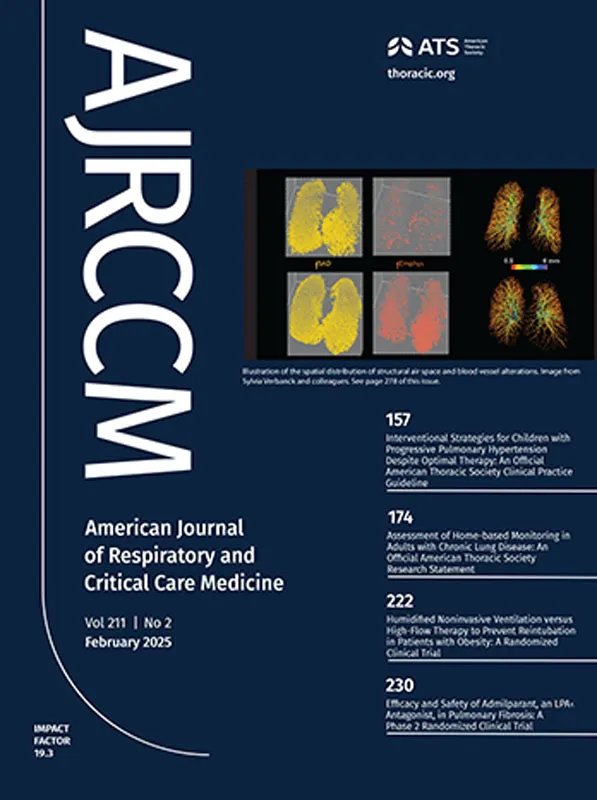Inside this article on the Top 10 Tuberculosis Journals you’ll find:
- Why Tuberculosis Journals Are Important
- The Significance of Impact Factors in Tuberculosis
- Evaluating Tuberculosis Journals: Key Considerations
- The Top 10 Tuberculosis Journals
Tuberculosis (TB) remains one of the deadliest infectious diseases worldwide, with approximately 1.25 million deaths in 2023, including 161,000 among people with HIV.1 Shockingly, about a quarter of the global population has been infected with TB bacteria, though only 5–10% will ever develop active disease.1 Despite being preventable and treatable, TB continues to challenge healthcare systems due to emerging drug resistance, diagnostic barriers, and socioeconomic factors that impact its spread and treatment.1,2 For researchers, clinicians, and public health professionals, keeping up with the latest TB research is more important than ever.
So, where can you find the most up-to-date, credible TB research?
The best place to start is by engaging with leading tuberculosis journals. These publications provide access to breakthrough drug regimens, advancements in vaccine research, and emerging epidemiological trends. Whether you're looking to publish your latest findings, stay on top of treatment updates, or analyse global TB control strategies, choosing the right journal can make all the difference.
This article will explore the significance of tuberculosis journals, the role of high-impact tuberculosis journals, and how to evaluate their credibility. We’ll also share tips on navigating TB journal rankings and selecting the best publication for your research.
Understanding Journal Metrics and Selecting the Right TB Journal
What Is a Good Impact Factor for a TB Journal?
When assessing tuberculosis journals, many researchers look at the tuberculosis journal impact factor as a measure of its influence in the field. A higher impact factor generally means that a journal’s articles are widely cited, making it a reputable source for cutting-edge research. However, impact factors vary significantly across medical disciplines, so it’s important to compare TB journals against others in respiratory research rather than, say, high-impact oncology journals.
For instance, some oncology journals have exceptionally high impact factors—CA: A Cancer Journal for Clinicians has a 2023 impact factor of 521.6! But, in respiratory medicine, TB journals typically have lower impact factors. This doesn’t mean they lack influence—it just reflects differences between specialties.
Want to understand how impact factors work and why they matter? Check out our guide on What Are Journal Metrics?
How to Identify Credible Tuberculosis Journals
With so many academic publications available, not all TB journals uphold high editorial standards. Some lack rigorous peer review, while others—known as predatory journals—charge high fees without ensuring scientific integrity. If you're submitting research or searching for high-quality TB studies, it's crucial to distinguish reliable journals from questionable ones.
Here’s how to spot a credible TB journal:
- Check its editorial board – Are the editors well-known researchers in the field?
- Look for peer review policies – Does the journal provide details on its review process?
- Verify its indexing – Is the journal included in reputable databases like PubMed, Scopus, or Web of Science?
- Watch out for excessive publication fees – High fees without transparent peer review can be a red flag.
For a deep dive into evaluating journals, read our guide on Assessing Journal Credibility. Need help avoiding deceptive publications? Check out our resource on Identifying Predatory Journals.
Choosing the Right TB Journal for Your Research
Selecting the right journal about tuberculosis is key to making sure your research reaches the right audience. Some journals focus on clinical treatment protocols, while others specialise in epidemiology, drug resistance, or vaccine development. Understanding the scope and readership of different tuberculosis journals can help researchers maximise their impact.
Not sure where to start? Our step-by-step guide on Selecting a Journal for Publication can help.
Avoiding Common Reasons for Rejection
Even well-researched studies can be rejected if they don’t align with a journal’s focus, fail to meet formatting requirements, or lack methodological rigour. Understanding common reasons for rejection can help you refine your submission and improve your chances of acceptance in the best journals for tuberculosis research in 2025.
Want to boost your chances of acceptance? Read Common Reasons for Rejection & How to Avoid Them for expert tips.
Final Thoughts
Tuberculosis research is at a critical juncture, with global efforts focused on eliminating the disease through better treatments, diagnostics, and prevention strategies. Whether you're submitting a study or simply staying informed, engaging with high-impact TB journals is your best bet for staying ahead of the curve.
Looking to master the art of selecting and submitting to the right journal? Dive into our comprehensive guide for expert insights and practical tips.
In the sections that follow, we’ll explore the top 10 tuberculosis journals, highlighting their focus areas, impact factors, and contributions to TB research.




























